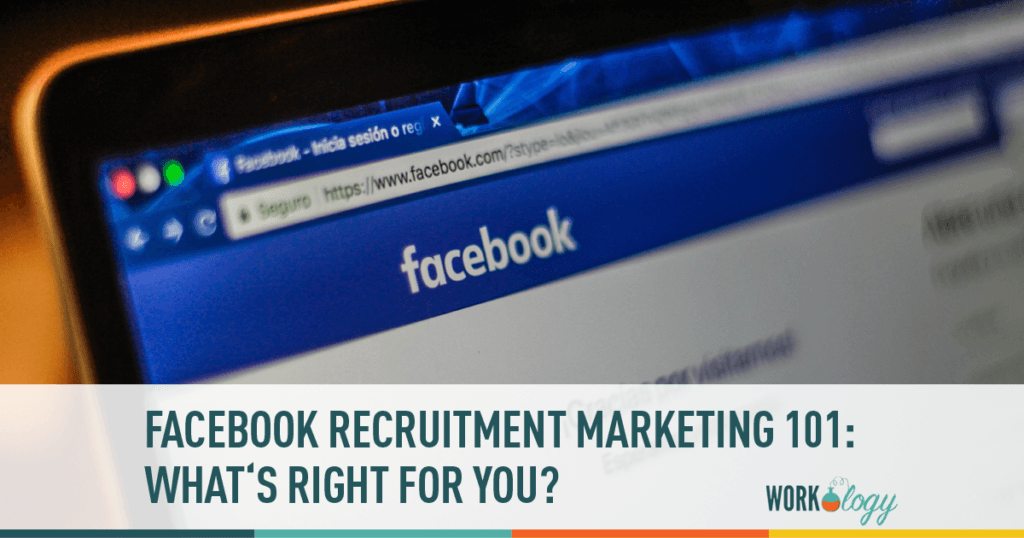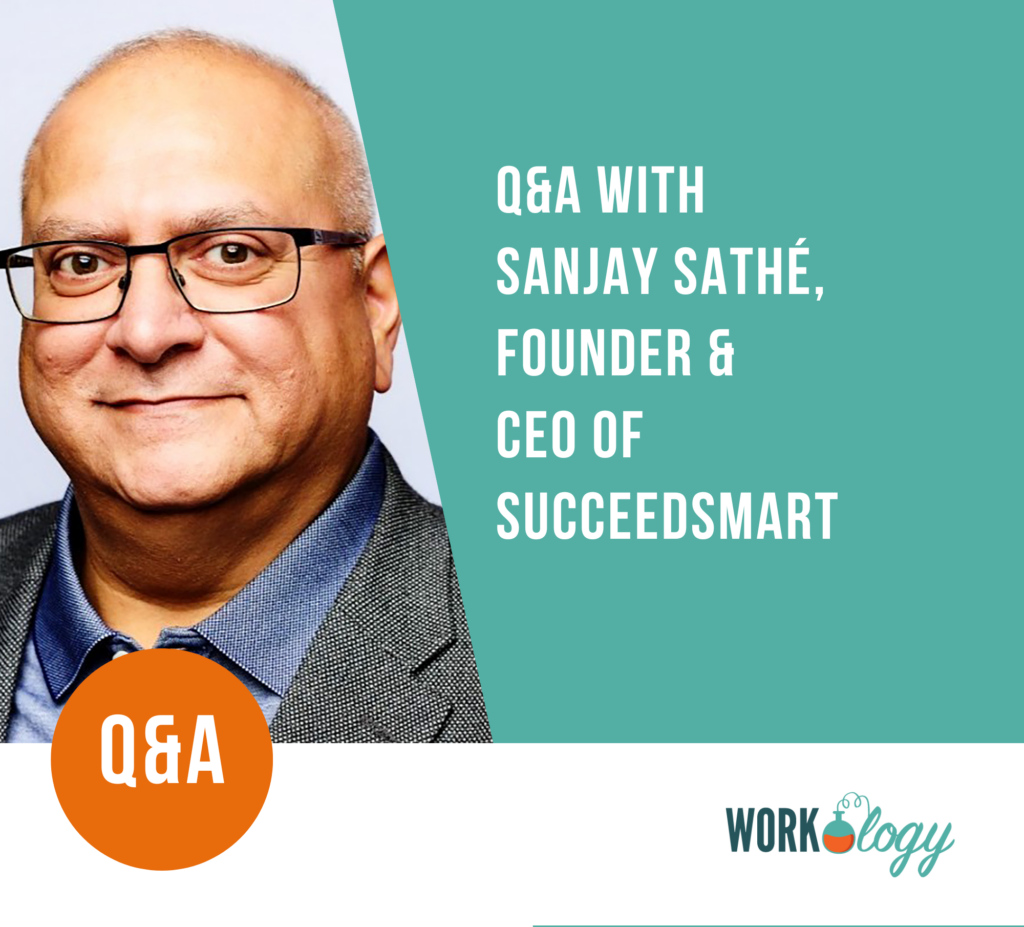Unless your target candidate is from Europa, they are likely on Facebook. With over a billion daily active users, this platform should not be ignored by any brand. When using this platform, there are many factors that you should weigh including company size, brand recognition and budget.
Facebook Recruitment Marketing 101: What type of business page is right for your company? (Cat memes optional)
This page is usually owned by your marketing or communications team, but they can add you as an admin, allowing you to post occasional career content and place target ads to custom audiences.
PROS:
They’ve done the work of establishing the page and building a following for you.
CONS:
Your marketing team may give you this look when you ask to be an admin:
Marketing teams often don’t want to post career content to consumers or customers. Explain that your team can do cost-worthy advertisements to job seekers without taking up space on their newsfeed. The ads can be done so they are seen only by the target audience you choose (not followers of the page).
Another downside – the followers of this page are likely customers/consumers so the page analytics will tell you little about potential applicants.
Tip:
Jobs tab: There are quite a few vendors that will add this tab to your company’s corporate Facebook page. These are overrated. People that like your page are (hopefully) seeing your posts in their feed. It is rare for people to navigate to your page itself and even rarer for them to click on your tabs. If they want to search your jobs, they know where to go: the career page on your website. You are not going to lose seekers because they couldn’t find a job on a hard to find tab. If it’s free as part of your ATS service and scrapes your jobs at least once a day, go for it. If there is a fee, opt out.
INTERMEDIATE: START A DEDICATED FACEBOOK CAREERS PAGE
This is a business page owned by your recruitment team that focuses only on career and employment branding content. A great example is the #ForresterLife page.
PROS:
The biggest advantage is the targeted advertising which is more effective and affordable than Job boards or job distribution vendors. You can see massive results such as landing page views or clicks to a job description for as little as $10. I would jump on the bandwagon now before Facebook changes that. It’s fairly intuitive and YouTube is a great place to start learning. The tricky part is tracking applications if you don’t have a great ATS.
Another advantage is the analytics. Unlike the corporate page, the followers of this page will be job seekers interested in working for your company. Knowing their demographics is very useful when creating content and ads.
CONS:
Building an audience from scratch is time consuming and difficult. Organic reach has plummeted to less than 5% (translation: less than 5% of your followers will ever see your posts). You will likely have to put a modest amount of money into your page to increase visibility, especially if you don’t have a well known brand. To grow an audience without paying requires posting valuable content at least 5-7 times a day! Ain’t nobody got time for that!
Content creation is an art and there are many great blogs on that topic. Here are just a few best practices:
TIP:
Most important: The content has to provide some sort of value to your followers. Posting a random job every day will cause swift unfollows. At one of my previous employers, we only updated new jobs on our career site on Thursdays, so I posted a preview on Tuesdays. It got a lot of engagement because people were getting info that couldn’t be found elsewhere.
Employment brand content is often the most engaging as job seekers want to see what it is really like to work at your company. This includes posts about your culture, day in the life, event photos, and videos. All posts should contain a photo or video. Text only posts perform terribly in today’s world of social media. Videos should be uploaded natively into Facebook, because they will perform better and be available in your videos tab. If you simply share from YouTube or another site, the video will get lost in your page news feed within a week or two.
Lastly, share (curate) valuable content from other sources as you would on any social platform. Check out a great free tool, Buzsumo, for that.
ADVANCED: START A CLOSED FACEBOOK GROUP
This is a more advanced approach for pros who have an established business page and want to build a community to chat to each other.
PROS:
There is no doubt that posts to these pages have better engagement due to post notifications sent to each member. Free traffic — a marketers dream! And while there is an opt out, people will only bother if the content stinks.
CONS:
Like starting a business page, it takes a lot of time to grow a community. The admins need to post valuable content regularly to attract new members. I would suggest inviting members of similar groups that are regular contributors. Ideally, the group will eventually run itself as members post and interact with each other.
Another downside is the lack of paid advertisements or analytics which is why a Facebook group is an addition to your business page, not an alternative. Although it sounds contradictory, avoid the public group option — there is just too much spam. The closed group option just means members need to be invited and approved by an admin.
It can be specific to your company culture like TripAdvisor or something more generic that resonates with your target audience. Solve their problems and eventually they may apply to join your team.
GET TO IT
The choice is easy! If you have a small team or brand that is not well known, team up with your marketing department and begin with occasional content on your corporate Facebook page. If your company doesn’t have one, get on it asap — it’s 2016!
If you have a big recruitment team that is willing to chip in, start your own Careers Facebook page with a small budget.
Already have a big engaged community? It’s time to try a group to compliment your business pages.
Next up: Facebook Recruitment Marketing 201: Paid advertising, boosting posts, targeting, custom audiences, less cat memes.











